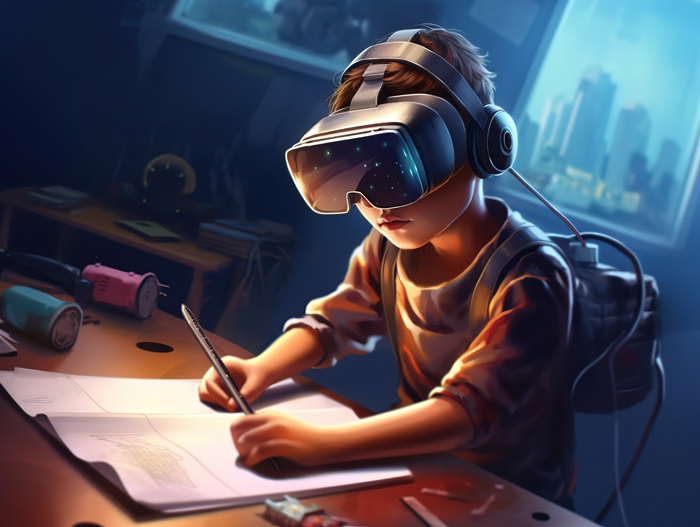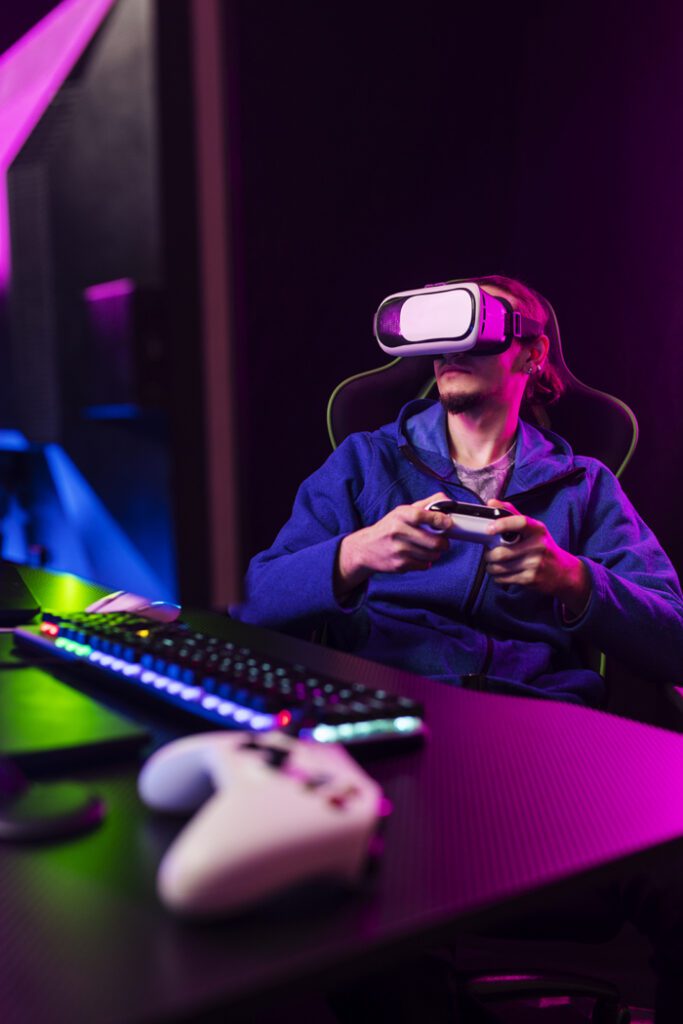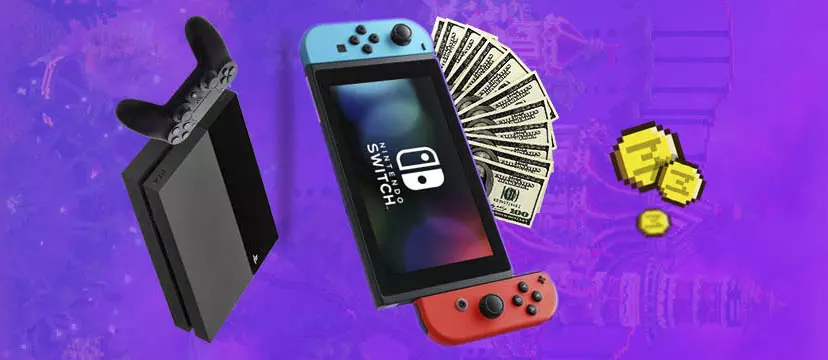The Educational Benefits of Minecraft: A Knowledge-Based Article for Team Visionary
Minecraft, the globally renowned sandbox game developed by Mojang Studios, has transcended its origins as a simple building game to become a powerful educational tool. Its open-ended nature and limitless possibilities make it an ideal platform for fostering creativity, collaboration, and critical thinking among students. Team Visionary, with its expertise in creating cutting-edge and innovative Minecraft builds, plays a pivotal role in leveraging this platform for educational purposes. This article explores the academic benefits of Minecraft and how Team Visionary contributes to enhancing learning experiences through its exceptional builds for universities and other educational institutions.
Minecraft’s impact on learning is multifaceted, offering benefits that range from enhancing cognitive and social skills to providing subject-specific knowledge and fostering creativity. Its adaptability to various educational contexts and ability to engage students in meaningful, hands-on learning experiences make it a powerful educational tool. Finding the right Minecraft builder that can deliver Education-based learning within the game is not as easy as people think. Here at Team Visionary, we have mastered the art of developing Academic Minecraft builds as well as the Commercial Sector.
Educational Benefits of Minecraft & The Academic Impact
- Creativity and Imagination
- Building and Design: Minecraft’s core gameplay involves building structures and worlds using a variety of blocks. This process stimulates creativity and imagination, allowing students to design and create their own unique projects.
- Problem-Solving: The game encourages players to think creatively to solve problems, whether it’s designing efficient structures, creating intricate redstone contraptions, or finding innovative ways to survive and thrive in different environments. Learn more with the Team Visionary Minecraft building tips guide.
- Collaboration and Communication
- Team Projects: Minecraft’s multiplayer mode allows students to work together on projects, fostering teamwork and communication skills. They learn to share responsibilities, negotiate plans, and collaborate to achieve common goals.
- Community Engagement: Through online servers and communities, students can engage with a global audience, share their creations, and receive feedback, enhancing their social skills and global awareness.
- STEM (Science, Technology, Engineering, Mathematics) Learning
- Programming and Logic: With the introduction of redstone mechanics and command blocks, Minecraft offers a basic understanding of programming and logic. Students can create complex machines and automated systems, learning coding and engineering principles.
- Mathematics: Building in Minecraft involves understanding geometric concepts, symmetry, and spatial awareness. It provides a practical application of mathematical principles in a fun and engaging way.
- History and Social Studies
- Historical Re-creations: Students can recreate historical sites and events within Minecraft, providing an immersive way to learn about history. This hands-on approach helps in better retention and understanding of historical contexts. The use of Minecraft adventure maps can help greatly with re-creations and general navigational aids within the game.
- Cultural Awareness: Exploring different biomes and creating structures inspired by various cultures can teach students about diversity and cultural heritage.
- Environmental Education
- Ecosystem Simulation: Minecraft’s diverse biomes and ecosystems can be used to teach students about environmental science and ecology. They can study how different elements of an ecosystem interact and the impact of human activities on these systems.
- Sustainable Practices: Projects focused on sustainability, such as building eco-friendly structures or managing resources responsibly, can instil a sense of environmental stewardship in students.

Team Visionary’s Contributions to Educational Minecraft Builds
Team Visionary stands at the forefront of integrating Minecraft into educational settings. Their expertise in creating customized and innovative Minecraft builds offers numerous benefits to educational institutions:
- Custom Educational Maps and Worlds
- Interactive Learning Environments: Team Visionary creates tailored maps that align with educational curriculums, providing interactive environments where students can engage with the material in a hands-on manner.
- Subject-Specific Builds: Whether it’s a detailed re-creation of ancient civilizations for history classes or complex redstone circuits for technology lessons, Team Visionary’s builds cater to specific educational needs.
- Gamified Learning Experiences
- Quests and Challenges: By incorporating quests, challenges, and puzzles into their builds, Team Visionary transforms traditional lessons into engaging adventures, making learning more enjoyable and effective.
- Achievement Systems: Custom achievement systems can be integrated to motivate students and track their progress, providing a sense of accomplishment and encouraging continued learning.
- Virtual Campus Tours
- University and School Campuses: Team Visionary creates virtual replicas of real-world campuses, allowing prospective students to explore educational institutions from anywhere in the world. This innovative approach enhances recruitment efforts and provides a unique way for students to familiarize themselves with their future schools.
- Event Spaces: Custom-built virtual event spaces enable institutions to host virtual graduations, Minecraft house interiors, open days, and other events, offering an inclusive experience for remote participants.
- Professional Development for Educators
- Training Programs: Team Visionary offers training programs for educators on how to use Minecraft as a teaching tool effectively. These programs cover everything from basic gameplay mechanics, and multiplayer skyblock servers to advanced building techniques and educational integration.
- Resource Development: They provide a wealth of resources, including lesson plans, tutorials, and support materials, ensuring that educators have everything they need to succeed in incorporating Minecraft into their classrooms.
Does Minecraft still have potential in the Educational Setting
Minecraft continues to hold significant potential in educational settings due to its versatile and engaging platform. Its ability to adapt to various subjects and teaching styles ensures it remains relevant and valuable for educators and students alike.
Minecraft’s potential as an educational tool is vast and continually expanding. Through fostering creativity, collaboration, and critical thinking, it prepares students for future challenges engagingly and interactively. Team Visionary’s expertise in creating innovative and customized Minecraft skin & builds amplifies these benefits, providing educational institutions with powerful tools to enhance their learning environments. By partnering with Team Visionary, schools and universities can unlock the full potential of Minecraft, transforming education for the digital age.





